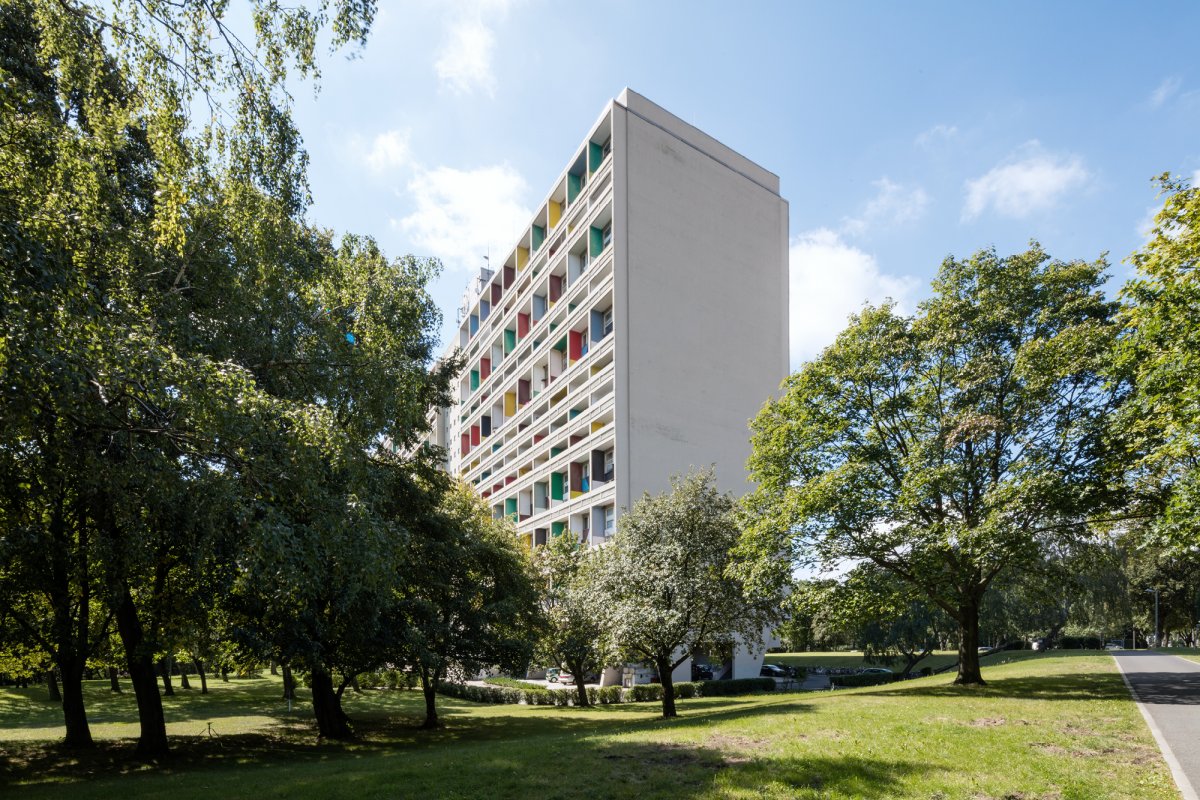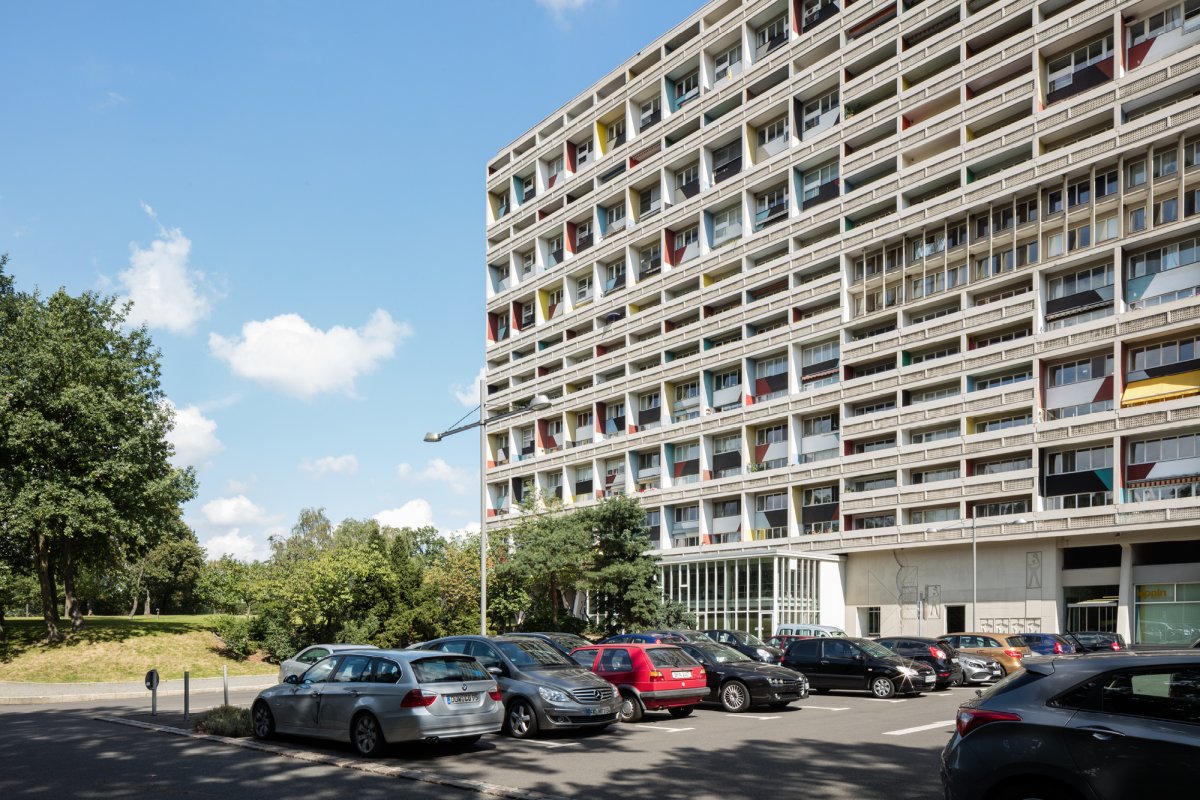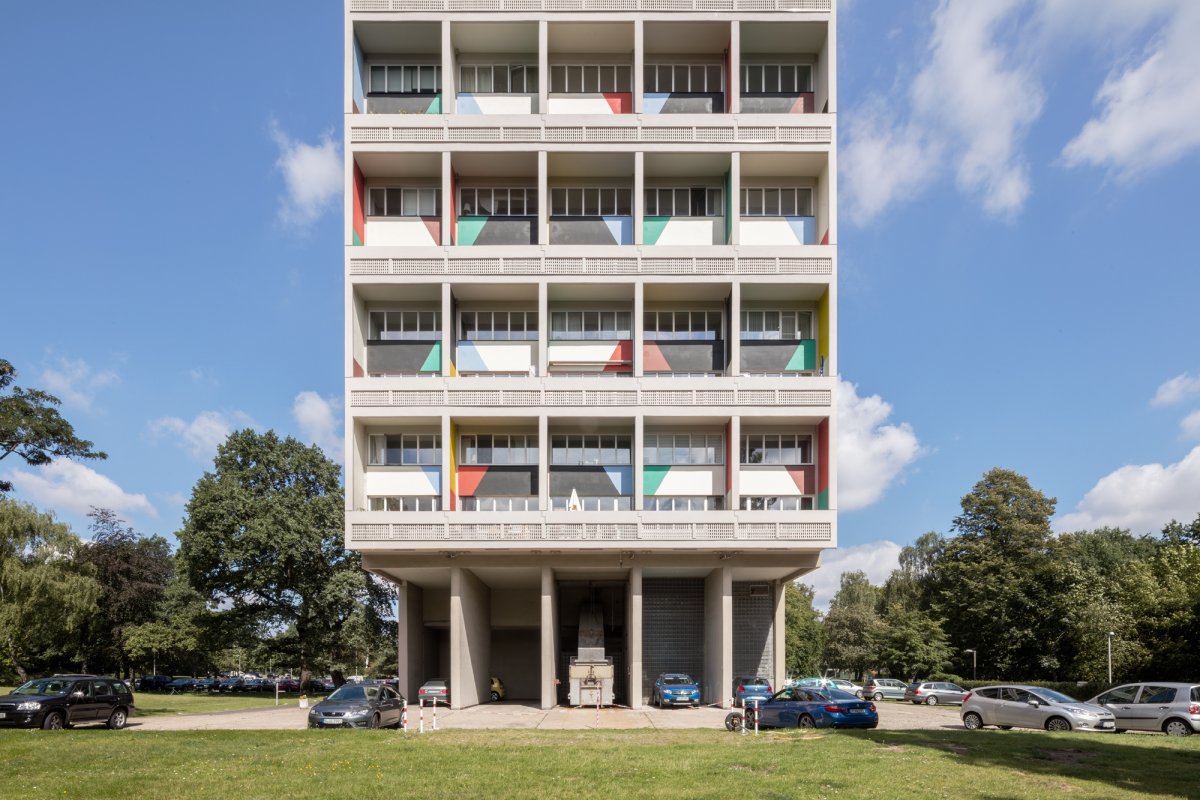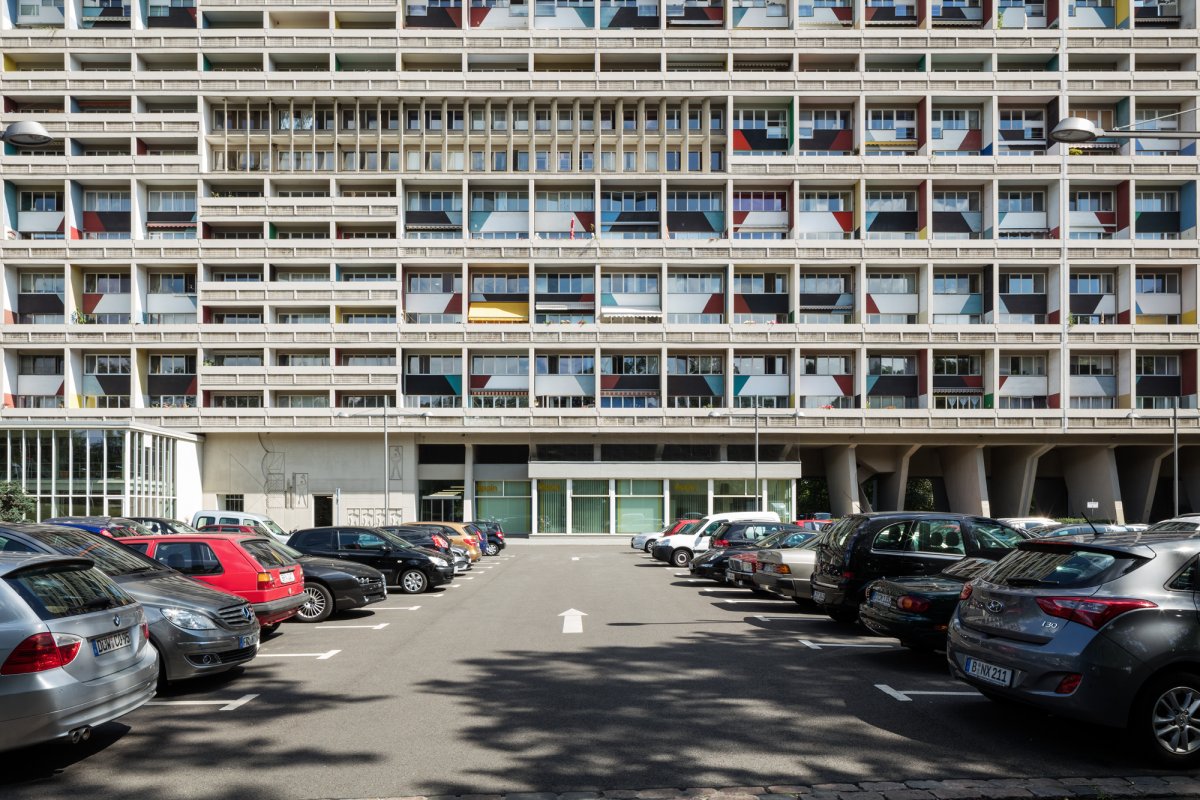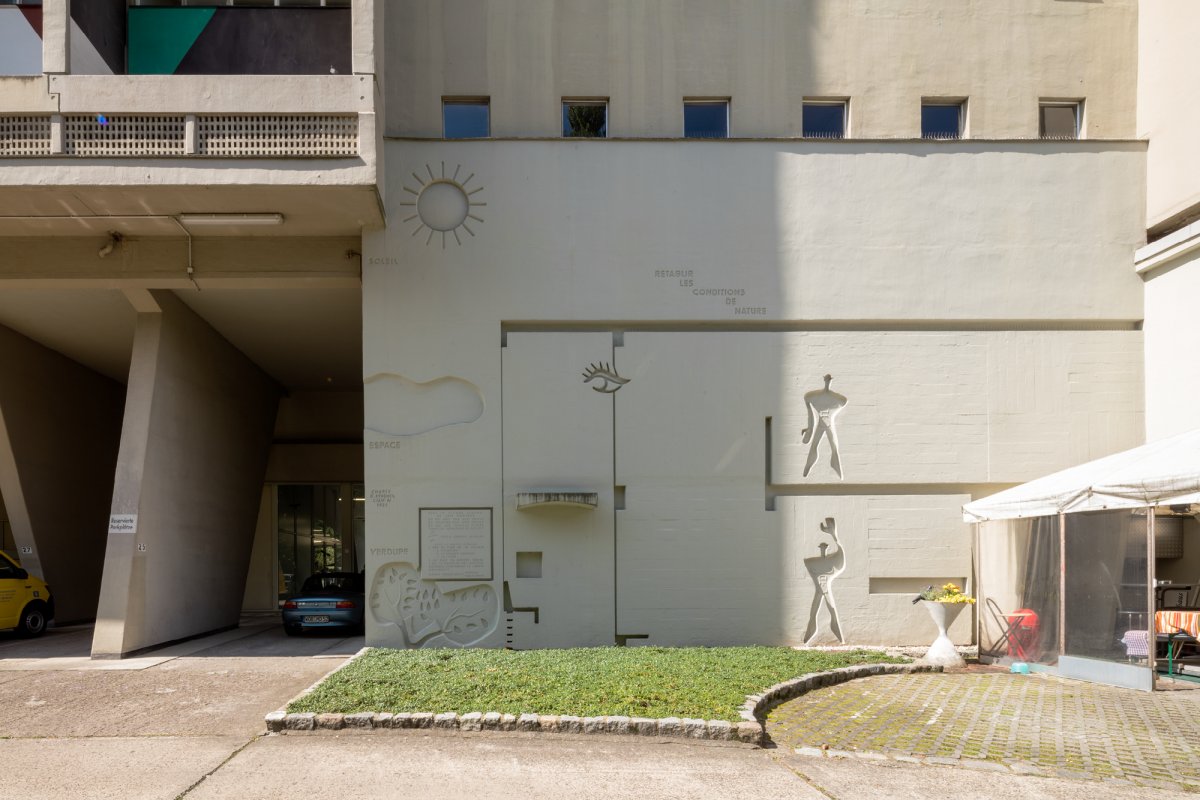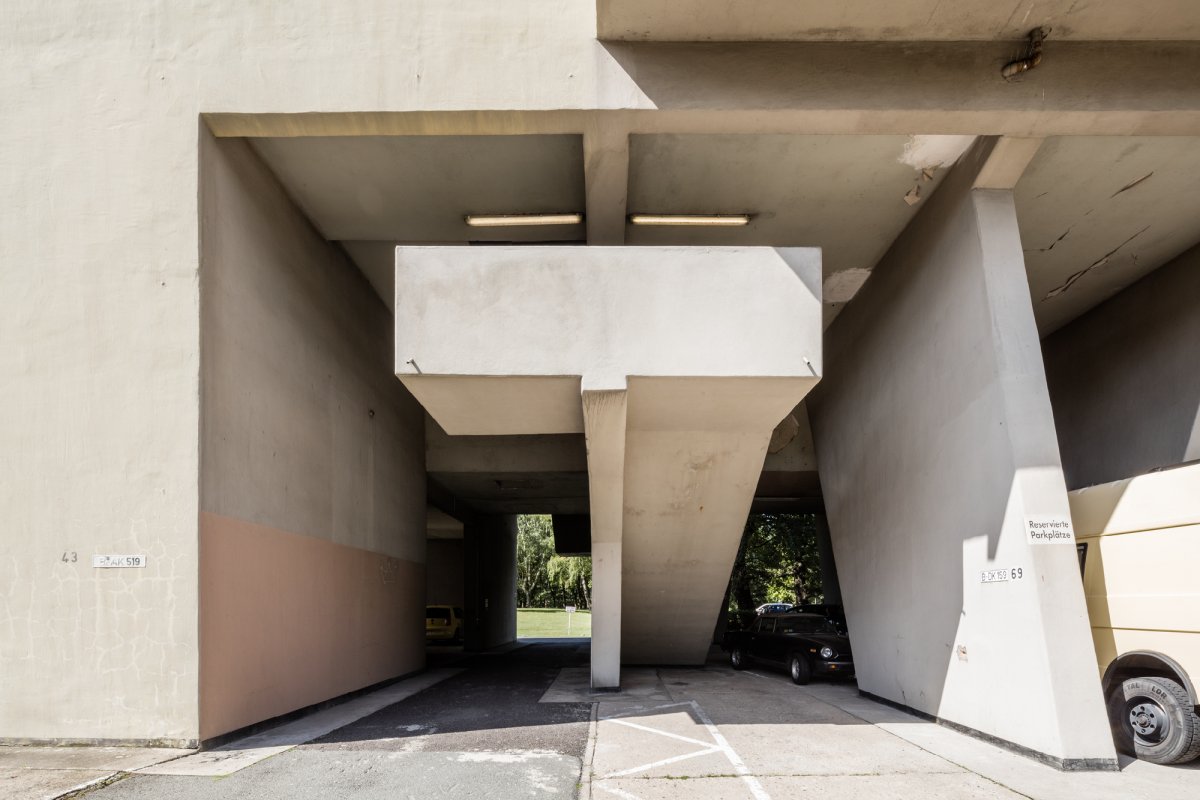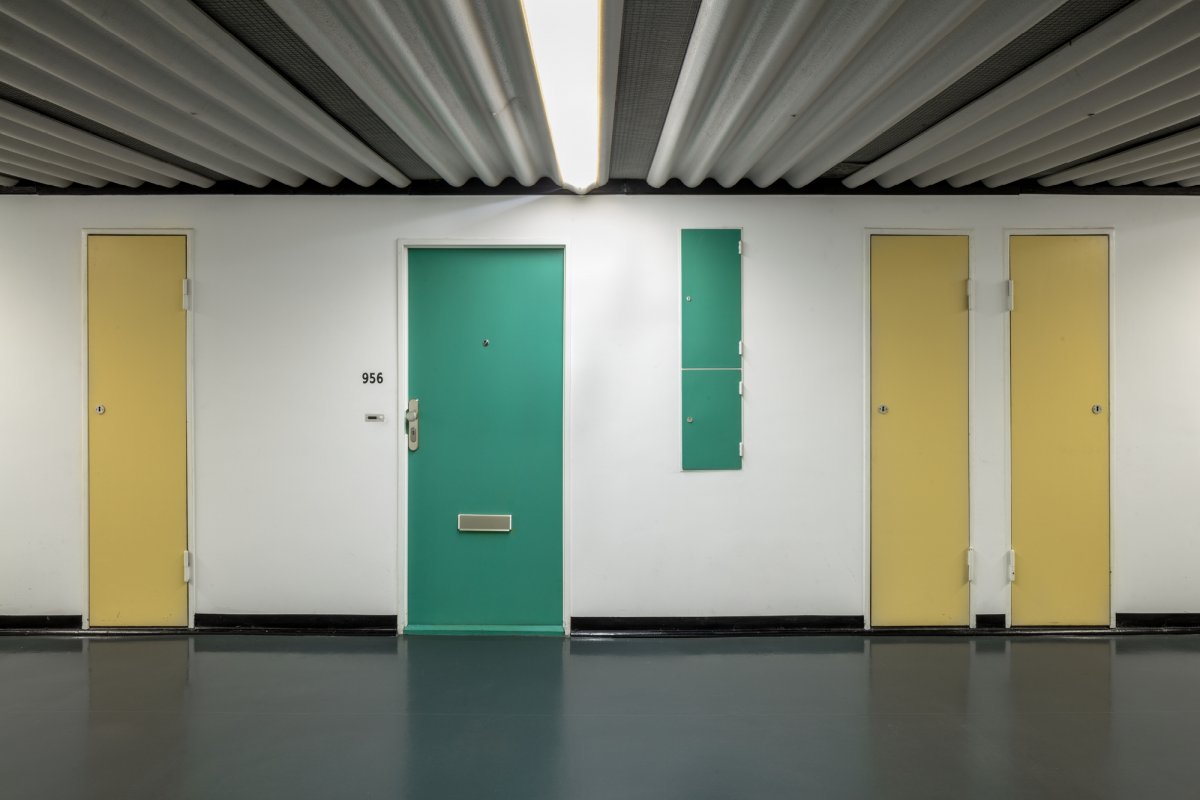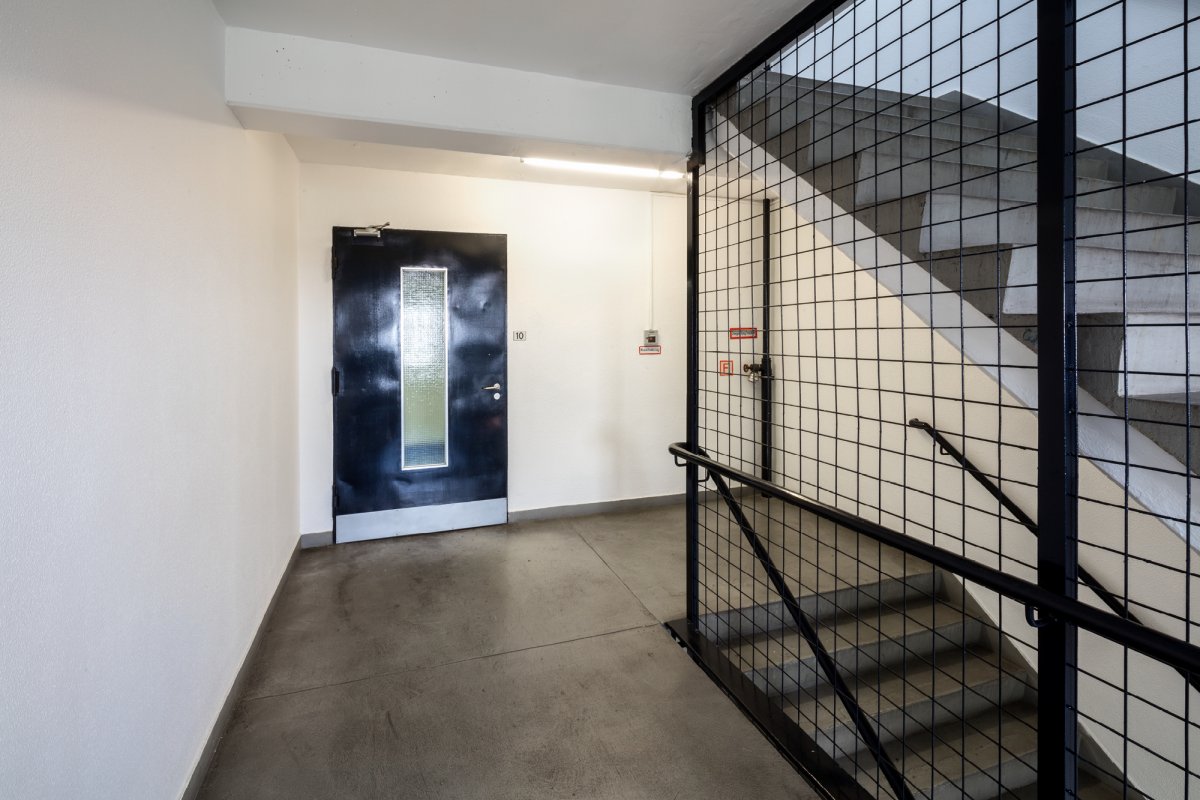
The Le Corbusierhaus at the western end of Berlin, also known as the "Berlin Union House", is a stunning example of brutalist architecture. Its typical form stands out from the terrain surrounding the nearby Grunewald Forest. In le corbusier in France after successful Unite d 'concept of Habitation, the architect was asked to design something similar in Berlin.
The construction phase lasted from 1956 to 1958 and, like many high-rise buildings of this era, the complex was constructed of prefabricated, rough-cast concrete. The 530 apartments are spread across multiple floors and contain between one and five rooms. The building's colorful exterior was odd at the time, and whether or not people's architectural preferences were beastly, there was no denying the cultural importance of this postwar German architectural gem.
In the turbulent end of the Third Reich, Berlin was heavily bombed and many buildings were destroyed in The Second World War, followed by more demolished in the 1950s and 1960s to make way for new roads, commercial and residential projects. Berlin needs to rebuild a new building, or modernise it into a better, more innovative city. It was an era of radical design, with buildings rising from the ground and enjoying iconic status to this day, as exemplified by the Corbusierhaus. The fall of Hitler was followed by a major real estate crisis. The project's emphasis on social development projects is therefore crucial to the urban renewal of Berlin.
- Architect: Le Corbusier(1887~1965)
- Photos: Thomas Lewandovski
- Words: Qianqian

